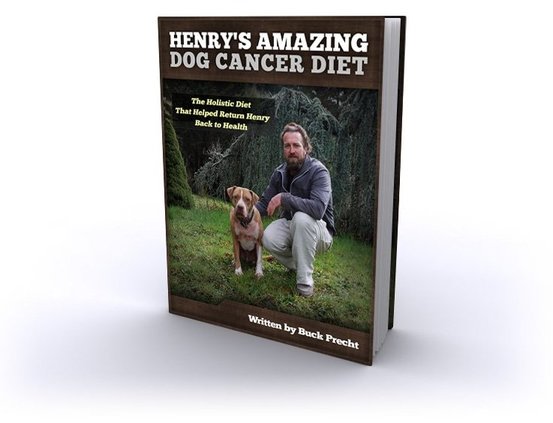 BARF is an acronym for “Biologically Appropriate Raw Food”
BARF is an acronym for “Biologically Appropriate Raw Food”
The term “BARF” was coined, or made popular by Dr. Ian Billinghurst, who is a holistic veterinarian in Australia. He’s been known as a leading force behind the “BARF” diet and has written many books on the subject.
The BARF diet is a raw dog food diet that looks at a canines evolutionary diet, and attempts to mimic this diet with modern day resources. It takes into account a wolves diet, as well as a dogs diet through the 15,000 or more years of domestication.
BARF diets consists of raw fresh meats as well as raw minced vegetable and fruit matter. Another large factor of this diet is raw meaty bones, and some refer to the “BARF DIET ” as the “Bones And Raw Food” diet. Like most raw diets, the BARF diet takes into consideration, the benefit of live foods and the importance of the food maintaining their living enzymes.
Many practitioners of this diet, and variations of it, report a number of noticeable health benefits. Common ones are; reduced skin irritation from food allergies, less tarter build up, thicker more lustrous coat, less smelly and improved breath. Read “Henry”s Story” to find out how the proper canine diet alone can have amazing results. This type of diet is also known to promote a healthy immune system, gain muscle mass and lean out. In my experience, these too were noticeable within a few months of the diet.
It’s important to note that there are some who have certain concerns with this type of diet including many conventional veterinarians. In fact, many of the Vets that we saw throughout the years advised me not to implement a raw dog food diet and felt that it would jeopardized  Henry’s health. I’ll just say two things on this area.
Henry’s health. I’ll just say two things on this area.
One, I feel that conventional veterinarians may be very proficient in the “medical area” but most receive very little education on “canine nutrition”. To make matters even worst, the small amount of education they do receive, is often bad information.
It’s hard to believe, but in most veterinary schools, the canine nutrition curriculum is often funded and written by large commercial dog food manufactures that have their own products in mind. It’s also interesting to note, that most holistic veterinarians as well as top breeders, don’t seem to hold the same view at all when it comes to the proper diet.
Second, I have no doubt that had I listened solely to the advise of the conventional veterinarians we saw, Henry would not be with me today. That being said, as healthy as raw feeding may be, there are some common and perhaps in some cases, legitimate concerns with raw feeding. The best bet is to educate yourself on proper feeding practices so that you can feed a healthy diet in a safe way.
Common Concerns
- Concerns with bacteria such as e coli and salmonella.
- Concerns with choking on bones and lacerations in the intestinal track.
- Feeding a canine with a weakened immune system, or on chemotherapy.
Though these are generally not an issue, there are some unique circumstances that I address in the book, as well as go over the BARF diet and raw feeding in greater detail.
Prepackaged BARF & Raw dog food
There are now a few companies distributing prepackaged raw or “Barf diets”. Some are available online and some only in high end dog food stores. Unfortunately they seemed to be priced a little on the high side, but if you don’t feel your up to making homemade dog food meals yourself, this may be your next best bet.





